Tomb 14
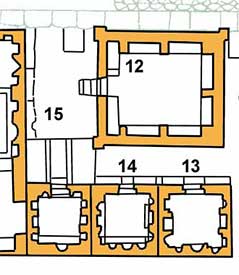 Tomb 14 is bounde on the right side by tomb 13 and doesn't, like this tomb, look out over the Via Severiana any more since the erection of tomb 12.
Tomb 14 is bounde on the right side by tomb 13 and doesn't, like this tomb, look out over the Via Severiana any more since the erection of tomb 12.
Also here, the stone bivlinium in front of the tomb has disappeared. We can still see the moulding that has left.
Above the entrance you can recognize the location where once an inscription was attached. Unfortunately this inscription hasn't been found.
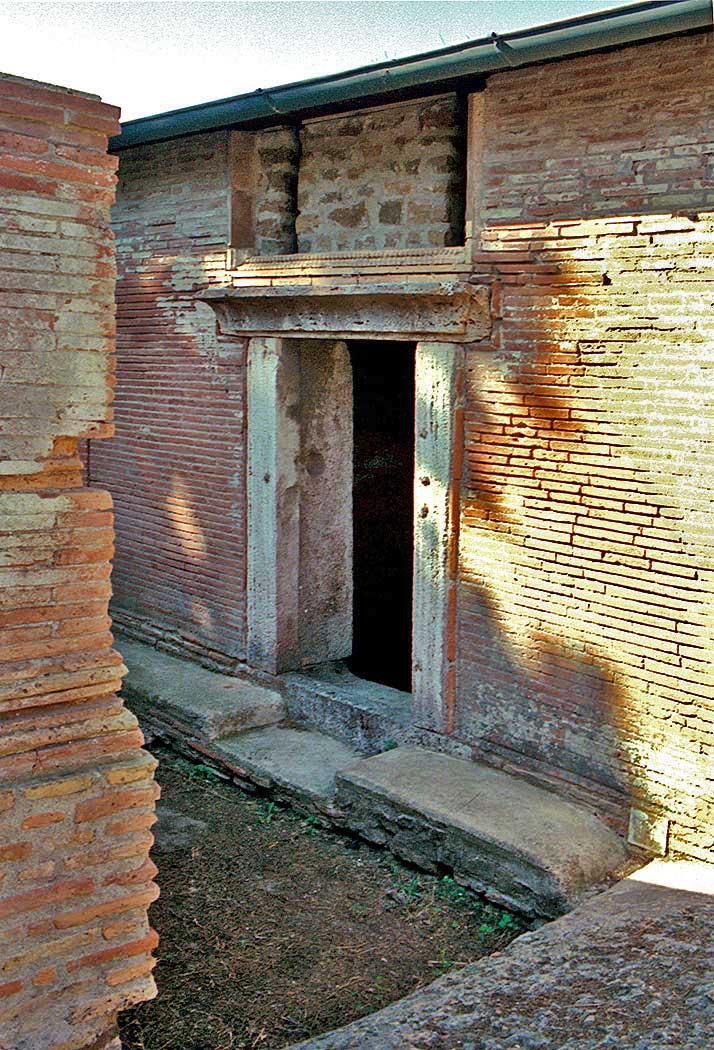
the right bottom a part of the bilclinium of tomb 15.
Tomb 14 featured both the cremation and inhumation rite.
The walls of thr burial chamber have arcosolia in the lower part and small niches for urns around a large central niche in the upper part.
Of the original drcorations little has left. We still find traces in the large niche on the left wall and in the small niches1.
In later time, when inhumation became common, several small niches in the right and backwall had to make room for the burial of bodies.
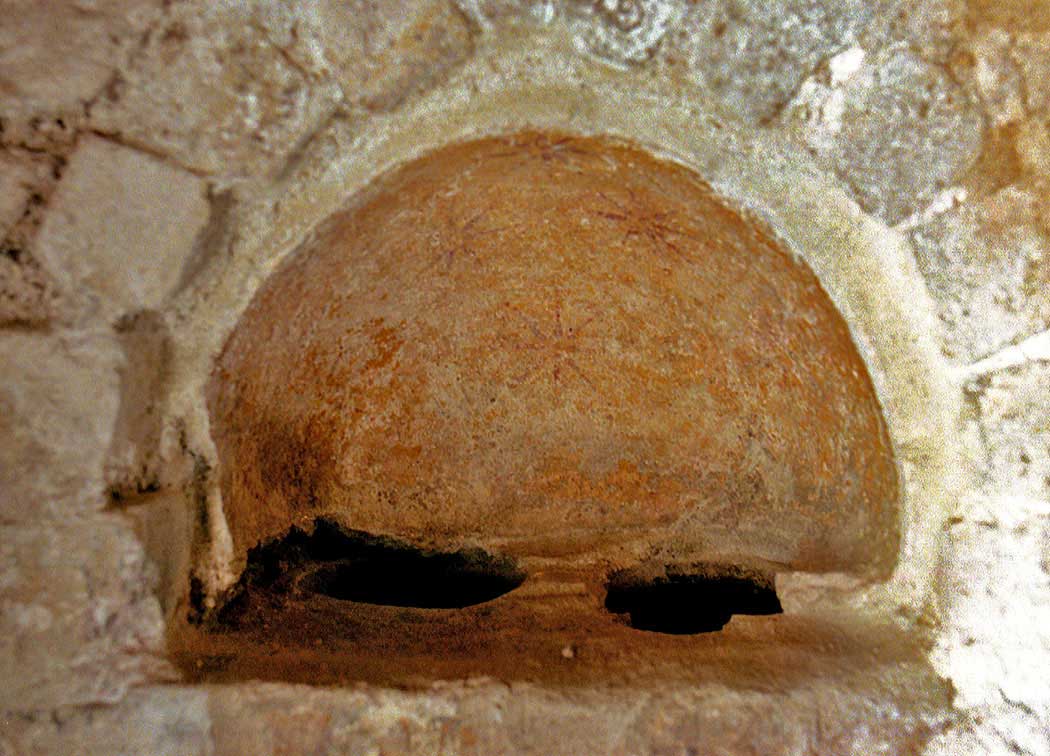
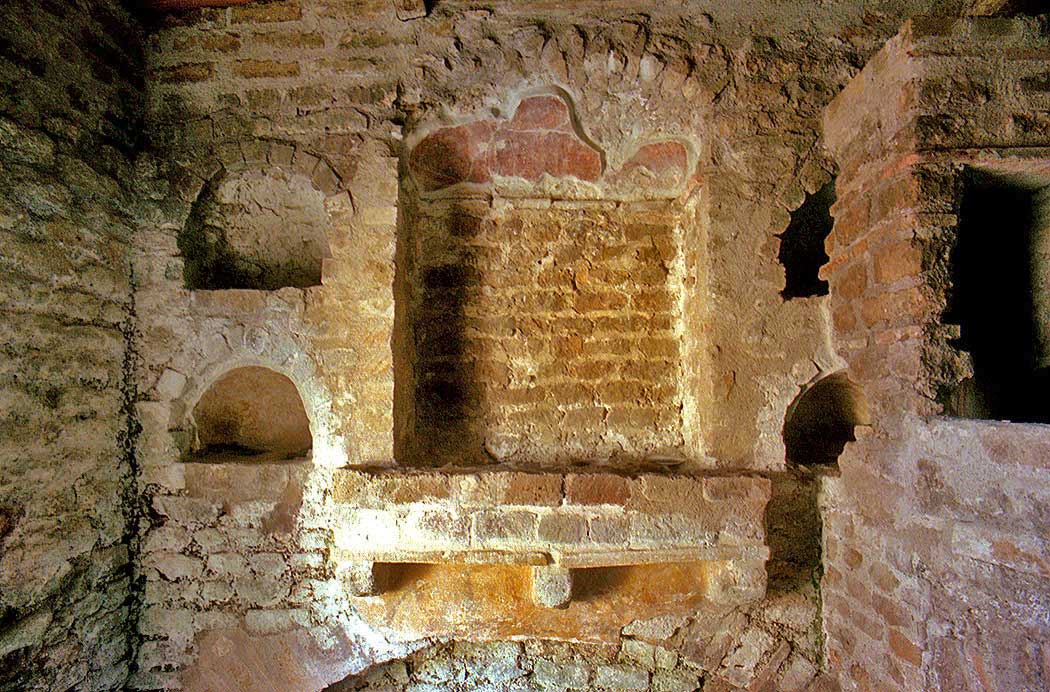
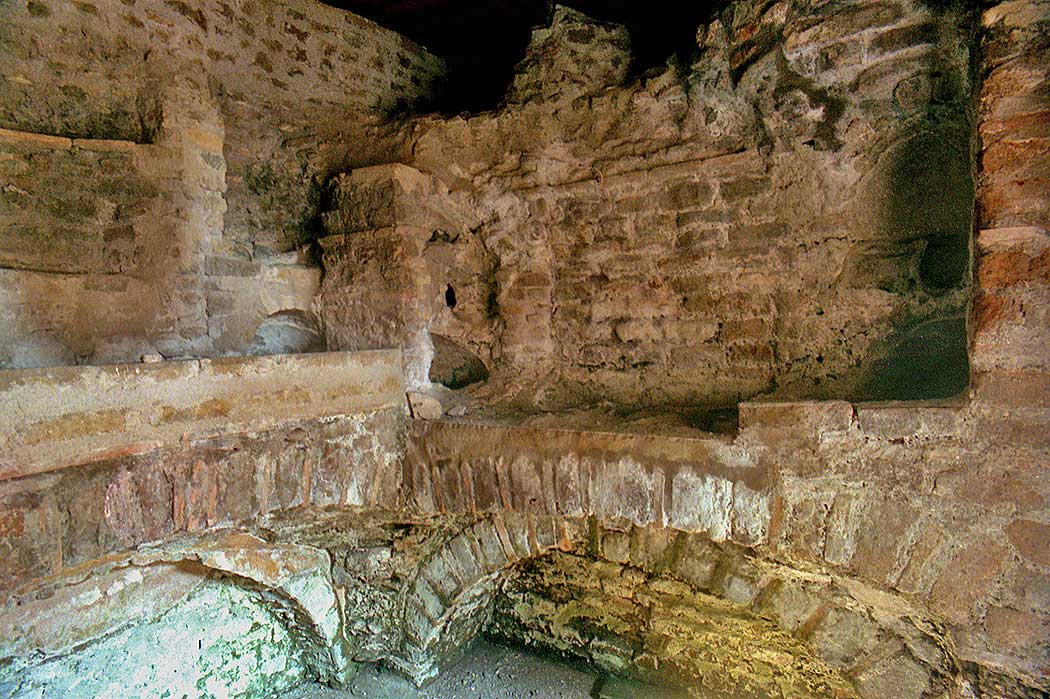
- Sources
- Russel Meigs - Roman Ostia, At the Clarendon Press 1973
- Guido Calza - Necropoli nell'Isola Sacra'(1940)
- Dr. Jan Theo Bakker.
- Hilding Thylander - Inscriptions du port d'Ostie (Lund C W K Gleerup 1952).
- Ida Baldassare, Irene Bragantini, Chiara Morselli and Franc Taglietti - Necropoli di Porto, Isola Sacra (Roma 1996).
- Notes
- 1:Professor Calza mentioned in his excavation report a peacock with open fan-tail. This painting can't be seen anymore.
Isola Sacra Index

Speciale sectie over de Romeinse begraafplaats van Portus (Engels)....
Read more ...The resurfaced fleet of Pisa

In 1998, an incredible archaeological heritage was discovered by accident near the Pisa San Rossore railway station....
Read more ...Leptiminus
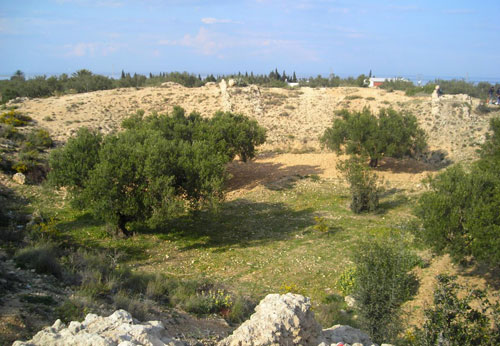
At the site of present-day Lamta on Tunisia's east coast, there was already a port city named Leptis Minor ....
Read more ...Roman maritime trade law

Roman law is the finest monument that Rome bequeathed to Western Europe....
Read more ...Sullecthum (Salakta)

In the Sahel, in the Tunisian province of Madhia, we find by the sea the small town of Salakta....
Read more ...
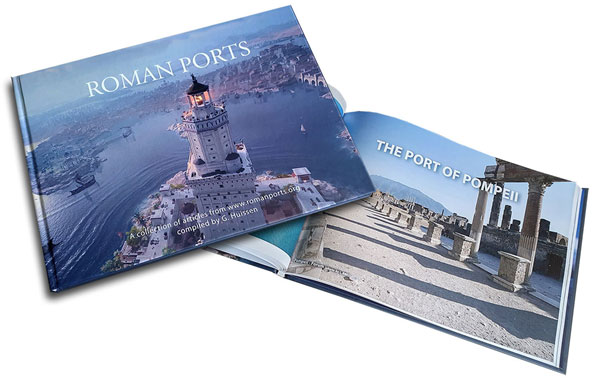
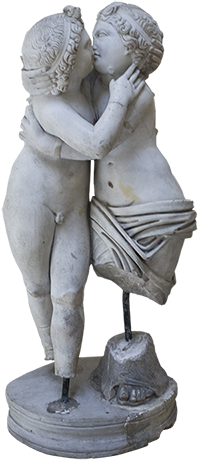 We are committed to providing versions of our articles and interviews in several languages, but our first language is English.
We are committed to providing versions of our articles and interviews in several languages, but our first language is English.